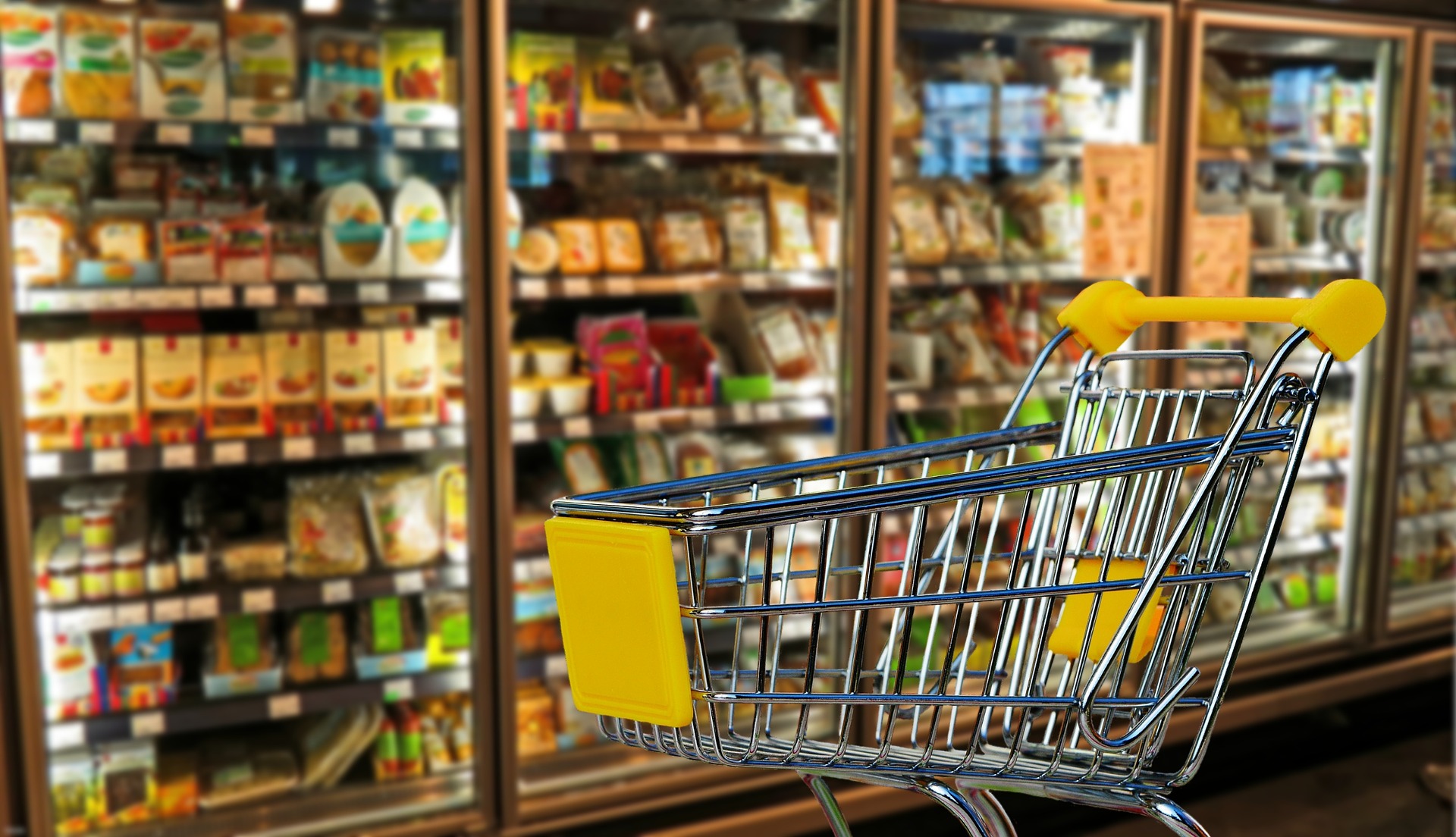It is safe to say that e-commerce is booming, while physical retail is glooming. In the first 6 months of 2020, Amazon alone enjoyed a >30% increase in sales. For the same period, brick-and-mortar store sales remained flat. Тhe worldwide pandemic that forced many shops to close partly explains this issue. Still, the upward trend towards online shopping and retail Apps is here to stay! So, how can traditional shops up their game by using digital technology? What are the mobile applications that improve their back-end operations? Along with customer-facing operations? We have the answers!
Retail Apps can Tackle Down Financial Matters
Some mobile Apps enhance cash-flow visibility and the analysis of the overall financial performance. Retailers can rely on those applications on the go, especially now when remote work is the norm. Similar applications make expense management easy and help in reducing operational costs. Obviously, digital finance and accounting practices are not visible to the end customer. However, the gained efficiency when using these Apps would translate into better customer service.
Inventory and Checkout Management
There are Retail Apps that allow you to keep track of your product inventory with condition-based alerts. Such applications can be connected to the point-of-purchase for further analysis and dynamic pricing tactics. These include popular products which can be priced at higher margins. Apps related to inventory management help with strategic decisions. For example, whether certain products should be stocked up or not. Seasonality is also easy to track. Overall, these applications improve product availability and pricing – both visible to the end customer who will be happy to see his favourite product on the shelf.
Retail Apps Help You Take Care of Your Workforce
Employee scheduling is important not only in retail – workforce planning uses Apps in virtually every industry. What makes mobile applications particularly suitable for this process is instant communication with all staff. For example, managers can assign tasks within minutes a particular employee can give feedback via her mobile phone. Such Apps promote greater flexibility and visibility. These are perhaps more suited for bigger retailers. Yet the cost of a scheduling app is not prohibitive for small/medium retail businesses either. Happy employees bring in happy customers. So, they should be given the right digital tools.
Direct Customer Service Behind a Screen
The most obvious customer experience-boosting Apps are those that interact with the customer directly. Mobile applications can be used by the end buyer to facilitate an easier shopping experience. For example, by self-scanning certain products. Mobile Apps can give a human face to a large retail operation via a customer support App accessible 24/7. Another great option is to build a loyalty program around a mobile application and encourage repeat purchases. We describe the functionality of these customer-facing Apps in detail here!
Do you, as a retailer, consider implementing any of the mobile applications mentioned above? Reach out to us to see how we can support in reshaping the customer experience!




